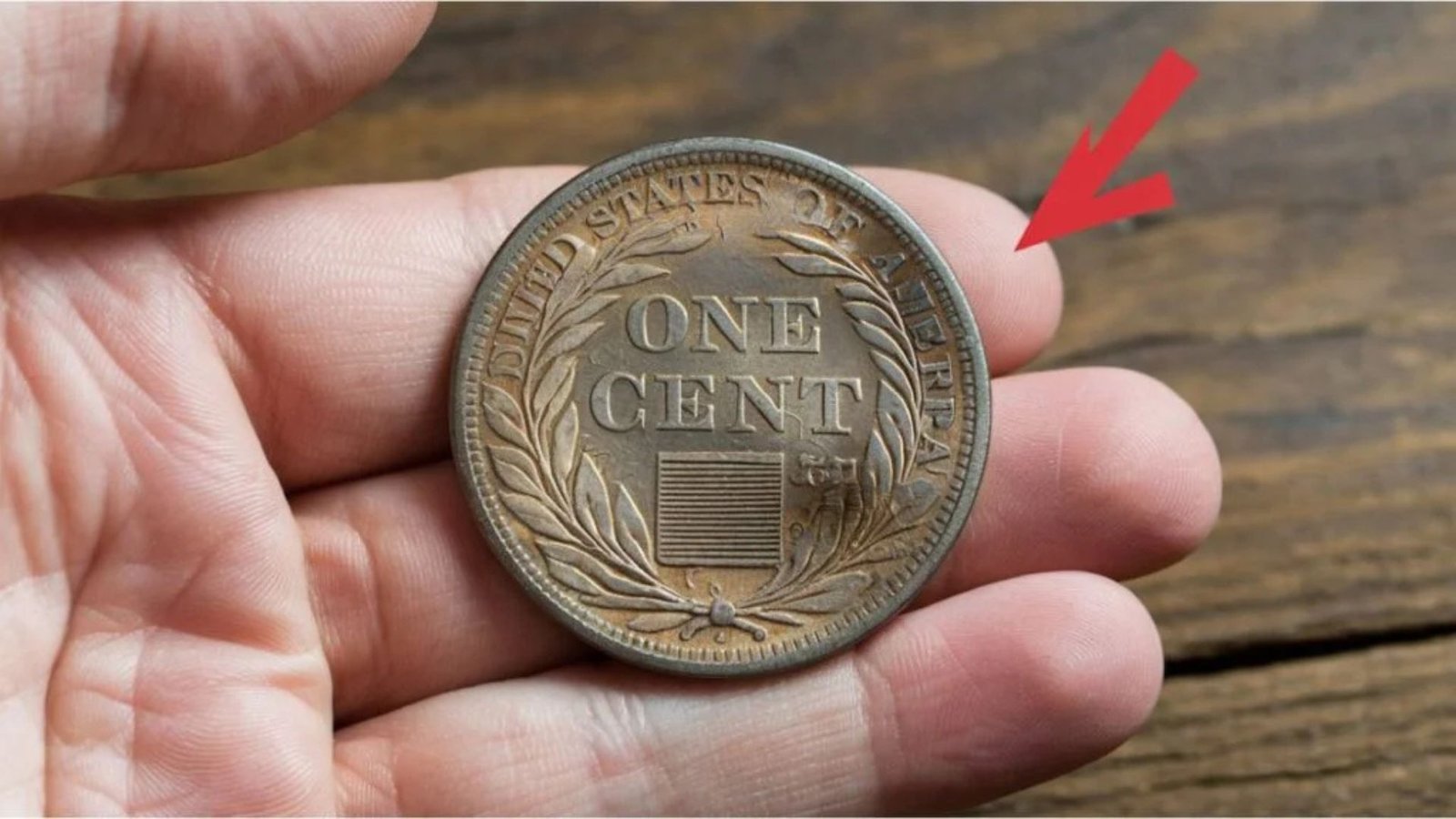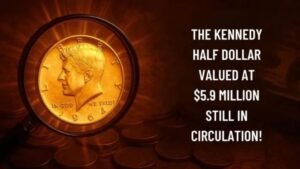Wheat pennies, minted from 1909 to 1958, are a favorite among coin collectors for their history and charm. These small copper coins, featuring Lincoln’s portrait and wheat stalks, hold varying values based on year, condition, and rarity. This guide simplifies the process of understanding their worth, helping beginners and seasoned collectors make informed decisions.
What Are Wheat Pennies?
Wheat pennies, officially called Lincoln Wheat Cents, were produced by the U.S. Mint from 1909 to 1958. Named for the wheat stalk design on the back, these coins are made mostly of copper, except during World War II when some were made of steel or zinc-coated materials. Their value depends on factors like mint year, condition, and rarity.
Why Are Wheat Pennies Popular?
Collectors love wheat pennies because they’re affordable, historically significant, and widely available. They mark key moments, like the 1909 introduction of Lincoln’s portrait or the 1943 steel pennies made during wartime. Their distinct designs and varying rarity make them exciting to hunt for at coin shops, flea markets, or even in pocket change.
Factors Affecting Wheat Penny Value
Several elements determine how much a wheat penny is worth:
- Year of Minting: Some years, like 1909 or 1943, produced rare coins that are highly valuable.
- Mint Mark: Coins have a small letter (D for Denver, S for San Francisco, or none for Philadelphia) that impacts value.
- Condition: Coins in better shape (less wear) are worth more. Grading scales like Good, Fine, or Uncirculated describe condition.
- Rarity: Errors or low mintage numbers make certain pennies more valuable.
- Material: Most are copper, but 1943 steel pennies or rare bronze errors stand out.
Wheat Penny Values by Year
Below is a table showing approximate values for key wheat pennies in average circulated condition (Good to Fine). Prices vary based on condition and market trends, so always check current auction data or consult a professional appraiser.
| Year | Mint Mark | Approximate Value | Notes |
|---|---|---|---|
| 1909 | None (Philadelphia) | $5–$15 | First year of Lincoln cent |
| 1909 | S | $100–$300 | Rare, low mintage |
| 1914 | D | $150–$1,000 | Highly sought-after |
| 1922 | None (No D) | $500–$10,000 | Rare error, no mint mark |
| 1931 | S | $50–$150 | Low mintage |
| 1943 | None (Steel) | $0.15–$5 | Steel due to wartime copper shortage |
| 1943 | Bronze Error | $50,000–$1,000,000 | Extremely rare error |
| 1955 | None (Double Die) | $800–$2,000 | Famous error with doubled text |
Key Years to Watch For
- 1909-S VDB: This penny, with designer Victor David Brenner’s initials, is rare and can fetch $600–$2,000.
- 1914-D: Low production makes this coin valuable, often selling for $150–$1,000 in decent condition.
- 1922 No D: A minting error where the “D” was missing, valued at $500–$10,000.
- 1931-S: Scarce due to low mintage, worth $50–$150.
- 1943 Bronze: A rare error where a few pennies were mistakenly made in bronze, valued at $50,000 or more.
- 1955 Double Die: A striking error causing doubled text, worth $800–$2,000.
How to Determine Your Wheat Penny’s Value
Step 1: Check the Year and Mint Mark
Look at the front of the coin for the year and under it for a mint mark (D, S, or none). Rare years or mint marks increase value.
Step 2: Assess Condition
Examine wear. Coins with sharp details (Uncirculated) are worth more than worn ones (Good). Use a magnifying glass to check details like Lincoln’s hair or wheat stalks.
Step 3: Identify Errors
Look for mistakes like doubled text (1955 Double Die) or missing mint marks (1922 No D). Errors often boost value significantly.
Step 4: Consult a Price Guide
Use resources like the “Red Book” (A Guide Book of United States Coins) or online auction sites to check current values. Prices fluctuate, so recent data is key.
Step 5: Get a Professional Appraisal
For valuable coins, visit a reputable coin dealer or appraiser for an accurate valuation.
Tips for Collecting Wheat Pennies
- Start Small: Begin with common years (1940s–1950s) to build your collection affordably.
- Store Properly: Keep coins in protective holders or albums to prevent damage.
- Join a Community: Connect with coin clubs or online forums to learn from other collectors.
- Watch for Fakes: Rare coins like the 1943 bronze are often counterfeited. Verify authenticity with experts.
- Track Market Trends: Values change based on demand, so stay updated via auction sites or coin shows.
Where to Find Wheat Pennies
- Coin Shops: Local dealers often have wheat pennies at reasonable prices.
- Online Marketplaces: Websites like eBay or Heritage Auctions offer a wide selection.
- Flea Markets and Estate Sales: You might find hidden treasures in old collections.
- Pocket Change: Though rare, some wheat pennies still circulate.
Conclusion
Wheat pennies are a fun and affordable way to dive into coin collecting. Their value varies by year, condition, and rarity, with some fetching thousands due to errors or low production. By understanding key years, checking conditions, and staying informed, you can build a rewarding collection. Start hunting for these historical gems today and enjoy the thrill of discovery!
FAQs
What makes a wheat penny valuable?
Rarity, condition, mint mark, and errors like double die or missing mint marks increase a wheat penny’s value.
How can I tell if my wheat penny is rare?
Check the year and mint mark. Key rarities include 1909-S VDB, 1914-D, 1922 No D, and 1943 bronze errors.
Where can I sell my wheat pennies?
Sell through coin shops, online marketplaces like eBay, or auction houses. Get an appraisal first for valuable coins.
Are all 1943 pennies valuable?
Most 1943 pennies are steel and worth $0.15–$5. Rare bronze errors can be worth $50,000 or more.
How should I store my wheat pennies?
Use coin holders, albums, or sleeves to protect them from scratches, moisture, and wear.




